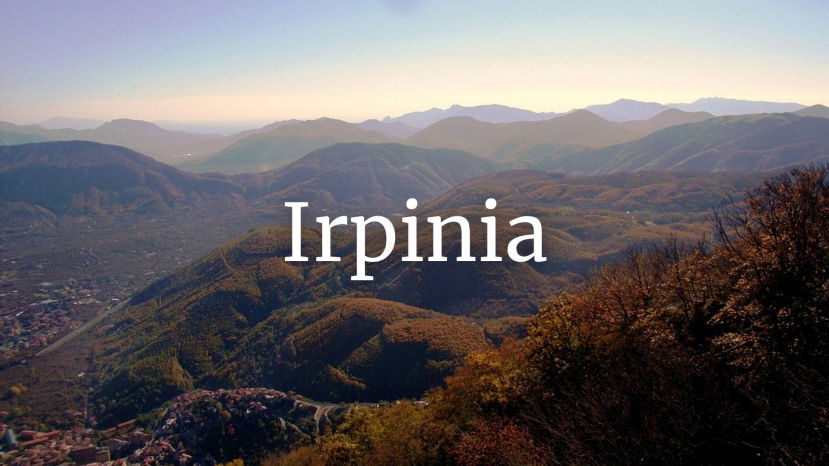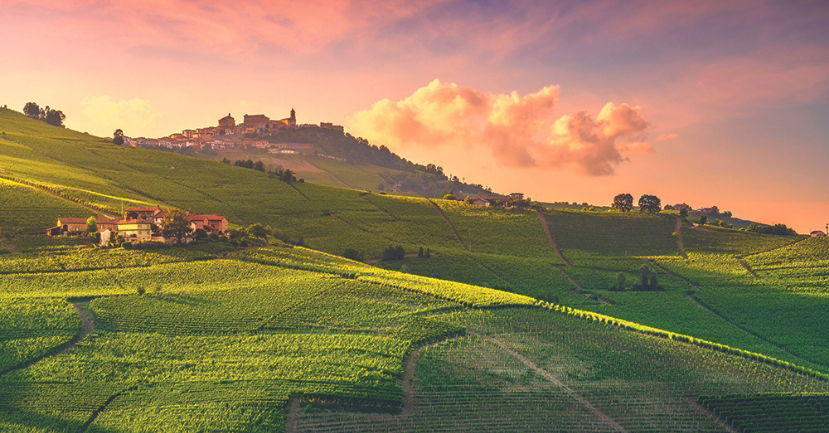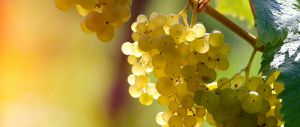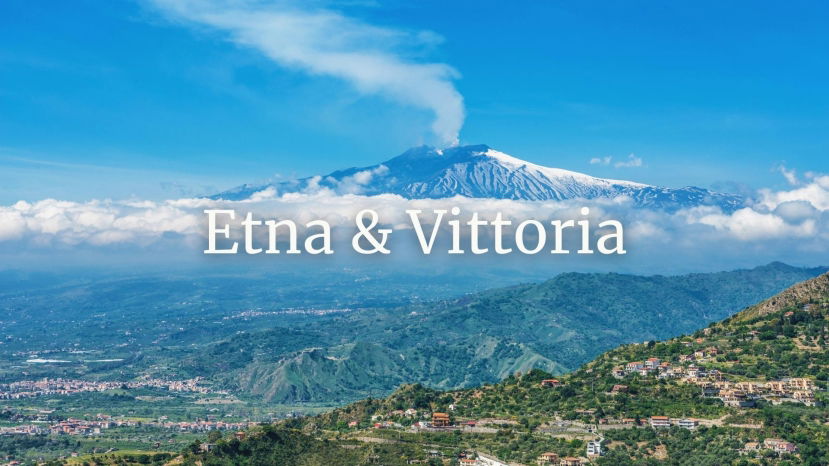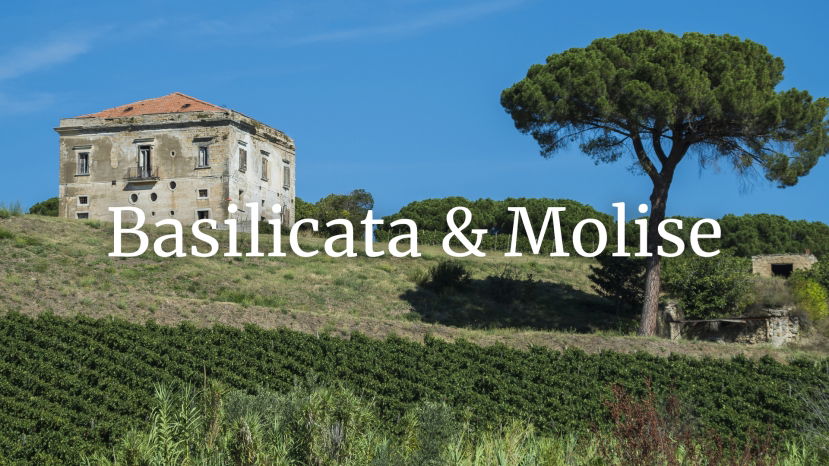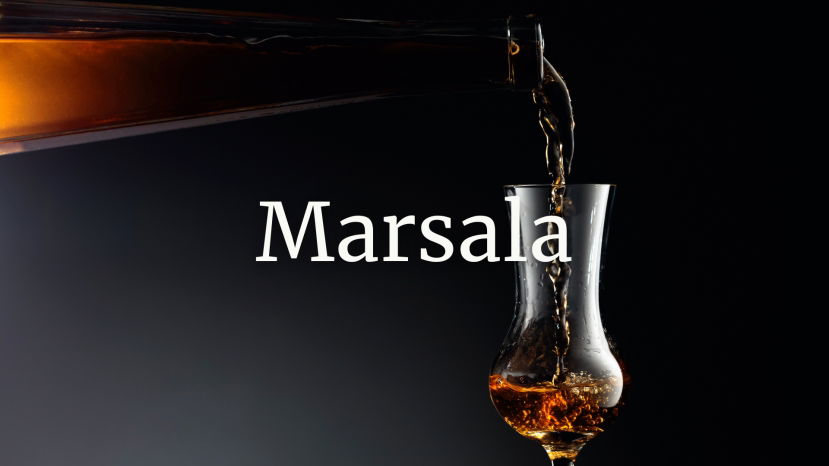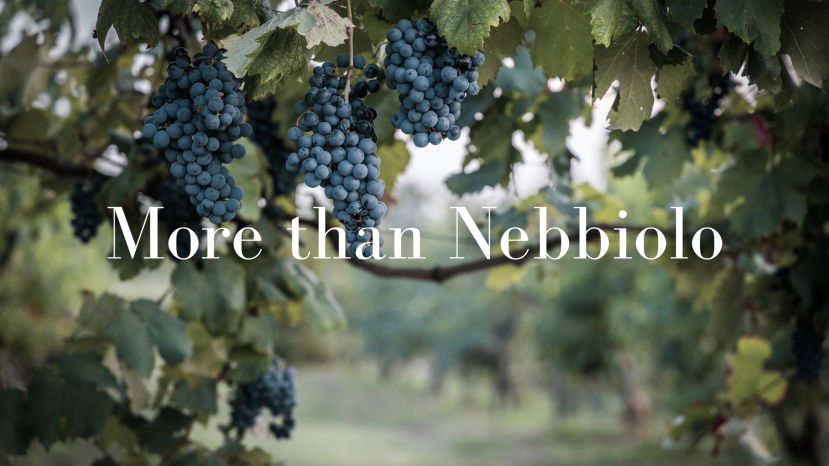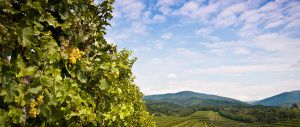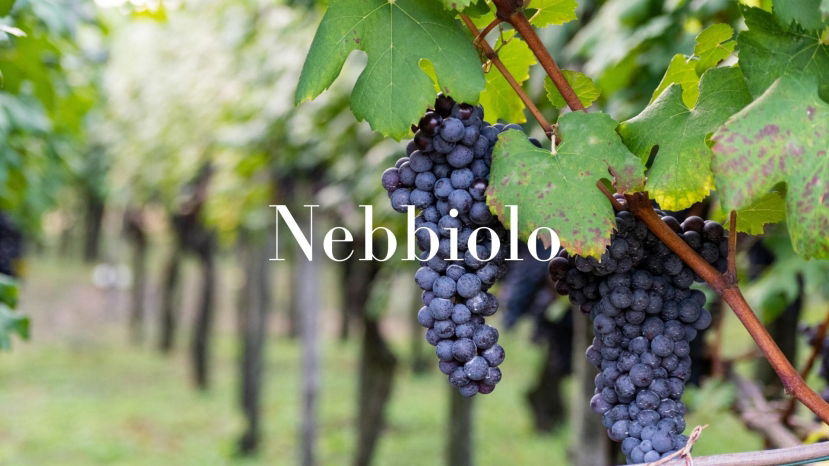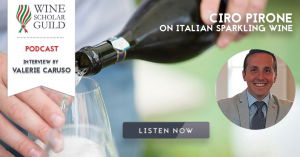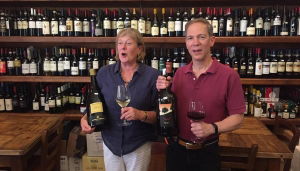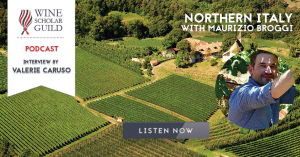BLOG
Italian Wine
Meet Rebecca Christophersen, founder of the Italian Wine Institute in Florence, first wine school to offer the Italian Wine Scholar® program in Italy!
Their first IWS session is scheduled to begin March 3rd 2020 (Unit 1), more information and registration HERE.
Could you give us a bit of background on your personal and/or professional history in wine and what made you decide to move into wine education?
Summary:
The province of Irpinia represents the heart of the Campanian wine industry. On the map, this is the province of Avellino, but vintners here refer to this territory by its ancient name of Irpinia. From this land, some of Italy's most complex and longest-lived whites wines, such as Fiano di Avellino and Greco di Tufo are produced, while Coda di Volpe and Falaghina are other local stylish whites. As for red wines of
Wine Scholar Guild is pleased to provide its readers with vintage and harvest reports for some of Italy’s most famous regions, from 2010 onward. We felt it was time that we expand our assessment of vintages and harvest reports outside of France and Italy was first on our list. To compile this in-depth report, we reached out to Italian wine specialist Tom Hyland. Tom seemed like the perfect fit for this project, as he has been reporting on and promoting Italian wines for more than twenty years as a journalist, educator, and photographer. He has made more than 75 trips to wine regions throughout all of Italy from his home in Chicago. In that time, he has written for numerous publications, including Decanter, wine-searcher.com and most recently Wine Spectator. He has written two books on Italian wine: Beyond Barolo and Brunello (2013) and The Wines and Foods of Piemonte (2016). Tom has conducted seminars on Italian wine for the trade and public; over the past year, he has led more than two dozen webinars with Italian producers; among these were several for Wine Scholar Guild. He also served as US ambassador for Consorzio I Vini del Piemonte for five years. He is also an accomplished photographer, having been named Wine Photographer of the Year (Category: Places) in 2020 at the prestigious Pink Lady competition in England. Andrea Eby, Italian Programs Director, asked Tom to provide a short blog article describing how he went about compiling this fantastic resource. We hope you enjoy the article and find the vintage charts as useful as we do. As always, we look forward to your questions and comments!
Emilia-Romagna’s Romagna Albana DOCG holds the claim to that distinction. This was Emilia-Romagna’s first DOCG, and more controversially, Italy’s first white DOCG.
Summary:
This fascinating webinar will focus on the ‘red hot’ wines of Sicily from regions such as Etna and Vittoria. Jimmy will cover how the very distinctive soils such as lava rock and limestone craft a wonderful array of elegant but complex styles of wine. Jimmy will set the scene by guiding you through the complex history of this large island, and through discovering the volcanic effect from Etna, Stromboli and Vulcano, he will explain how these volcanic soils craft
For as long as Italians have eaten good food, they have enjoyed good wine. The country is the world’s second-largest wine producer and besides a few hiccups after the fall of Rome, has been a consistent leader in viticulture for centuries.
Summary:
Join us as we delve into two of Italy's lesser-known Southern regions, Basilicata and Molise. Home to wonderful wines made using indigenous grape varieties, Basilicata and Molise are regions to keep on your radar.
In this WSG Live we will discuss the topography and climate factors as well as the denominations and producers that make these areas ones to watch.
Vineyards on the shores of Lake Garda
Did someone say Lake Garda? You had me at Lake! Those were my first thoughts when asked to visit the area close to Italy’s largest lake and home of the Lugana DOC.
Vineyard landscape in Marsala
Marsala, the fortified wine hailing from the sun-soaked hills of Sicily. A wine that embodies the rich tapestry of history and culture of an Island just a stone’s throw from mainland Italy. Having recently returned from visiting the region here is a brief introduction and exploration of one of the world’s most underrated wines.
Summary:
For many years the area around Marsala has been producing a fortified wine that enchanted the English merchants landing on the western coast of Sicily in the XIX century.
This wine was sold around the globe gaining the same reputation as the well-known Port, Sherry and Madeira wines. Unfortunately, its big success and the large-scale production undermined its reputation, converting it into a wine often associated with low quality and price. But thanks to stubborn
Summary:
Piedmont is most known for its Nebbiolo, Barbera and Dolcetto, the three core varieties that form the backbone of the Langhe, Piedmont’s most famous sub-region.
But a number of other exciting indigenous and qualitative varieties make up the region’s complex viticultural patchwork.
This webinar will focus on 4 lesser-known whites – Arneis,
“Andreeeeea! There is no plane from Napoli to Ancona!” This was the incredulous cry that I heard from my Campanian friends when I told them how I was leaving their beautiful region to visit Marche. They were sure that when I arrived at the terminal, that what I thought was going to be a plane would, in fact, turn out to be a bus. They were so adamant that no such flight existed that even I began to doubt the authenticity of the travel itinerary I had received. My relief was therefore clearly visible when I was able to check in for my evening flight to Ancona.
A number of Friuli’s native varieties were rescued from the brink of disappearance. Let us introduce you to Vitovska and Pignolo.
Vitovska: The name of this white grape variety is of clear Slavic origin, but it is generally considered to be a native variety of both eastern Friuli and Slovenia, as it was historically only cultivated in Carso (in the province of Trieste) and in Slovenia.
Summary:
Nebbiolo is one of Italy’s greatest cultivars—if not the greatest, period. Historically, it has held a place of reverence. In the 15th century, damaging a Nebbiolo vine was punishable by death! Native to Piedmont and thriving in the Langhe, this grape is the consummate interpreter of “place.” Bold, brash, sophisticated or elegant, it manifests multiple personalities depending upon the
Ciro Pirone is the Director of Italian Wines for Horizon Beverage Group and will be teaching the next online Italian Wine Scholar course beginning in February. In under 30 minutes Ciro gives us the fascinating history of Italian sparkling wine production, and discusses key points on the spumante wines of Alta Langa. We also learn about the main grapes and styles of Lambrusco, and learn important distinctions between Asti DOCG and Moscato d’Asti DOCG.
Master of Wine Jane Hunt is interviewed by Decanter Magazine’s Andrew Jefford about Tuscany and its wines. Jane has a long, distinguished career in various aspects of the wine trade. She leads the Wine Scholar Guild immersion tours through some of the legendary Tuscan wine estates.
Maurizio Broggi, DWS, FWS, is the Education Director for the Italian Wine Scholar (IWS) program. During an eight-day summer tour, he led a group of IWS educators through three of Italy’s northern wine producing regions, Trentino, Franciacorta and Lugana.
Summary:
'The Heel of the Boot', and one of Italy's warmest wine regions, Puglia often flies under the radar compared to its illustrious Northern counterparts. But it's home to an array of really interesting indigenous varieties and unique wine styles that imbue a wonderful sense of place and individuality to the wines. Join us for this session, hosted by Master of Wine and Italian expert Michelle Cherutti-Kowal to explore:
History of
For much of the wine history of Abruzzo, large cooperatives established a perception that the region’s wines were pleasant and technically correct, but offered little in the way of excellence. Today, the image of Abruzzese wine has taken on a new light, as dozens of smaller producers are crafting more sophisticated offerings that not only display superior complexity, but also offer greater elegance and aging potential as compared with the typical wines of the past.
Post–World War II, global wine production underwent a rapid and profound transformation. New developments in wine science from Montpellier, Geisenheim, and Bordeaux helped clean up wine,


